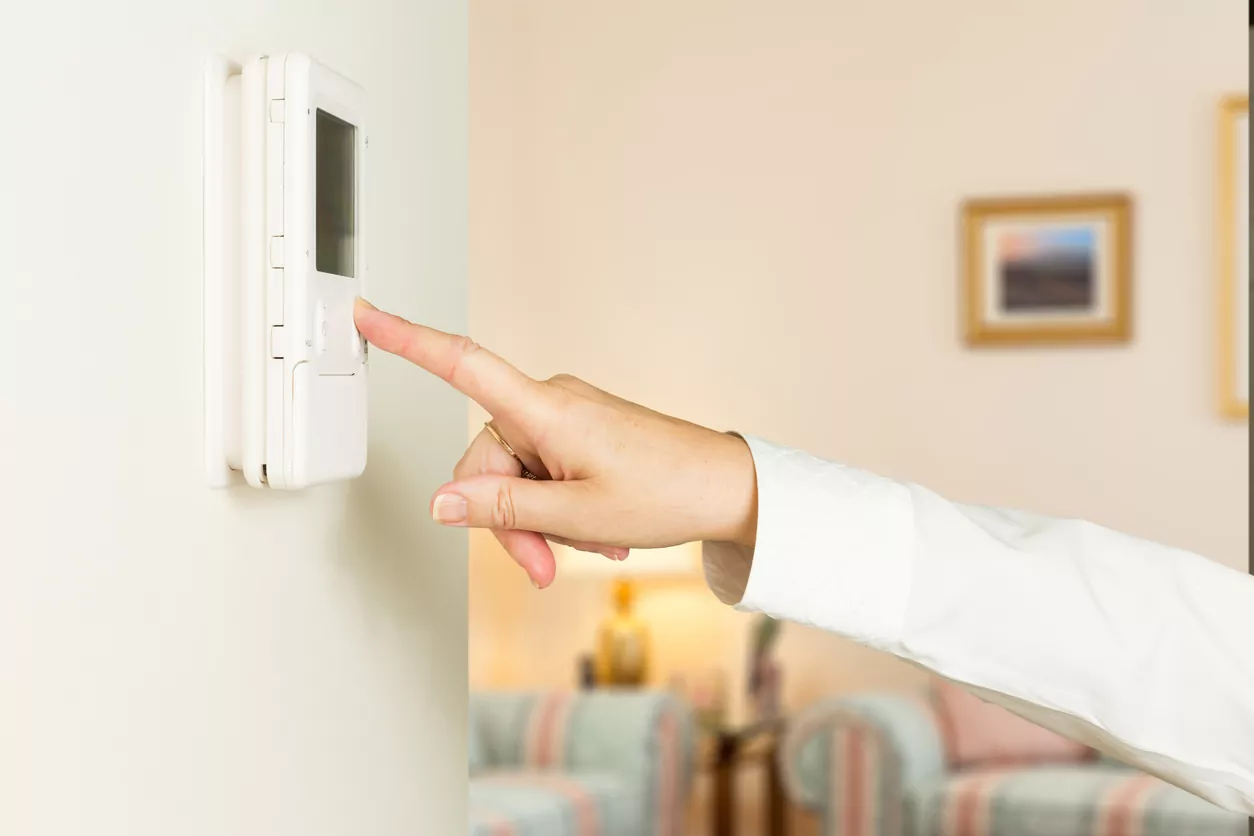How To Choose the Right Size Water Heater for Your Home
It’s very common for customers to ask us how to size their water heaters accurately. While we’re always glad to help you figure it out, it’s nice to understand the reasoning behind a particular water heater size for your home; you might realize something we’ve overlooked or have your own opinions about what size you really need based on your usage.
Why Water Heater Size Matters
First, let’s look at what we’re trying to accomplish in choosing a water heater of a particular size. Regardless of the style you choose (storage tank or tankless), your goal is to have enough hot water for whatever your heaviest usage might be.
For a storage tank water heater, this means a big enough storage tank that heats up quickly enough for your home’s usage.
For a tankless water heater, this means being able to heat enough water as it passes through to keep up with your home’s usage while considering the starting temperature of your water.
You don’t want to go too big, as it’s wasteful in space and initial installation costs and can often result in wasted energy, especially with a storage tank unit. But going too small means not enough hot water, which is inconvenient at best (and worse than inconvenient if you’re in the middle of a shower when the hot water runs out!).
So, how do you figure out how big is big enough?
Sizing a Storage Tank Water Heater
Estimate your peak hourly hot water demand
Your first goal in sizing a storage tank water heater is to calculate your peak hourly hot water demand. In other words, you need to know how much hot water you need for the single hour of the day when you use the most hot water. Maybe that’s 7 a.m. on weekdays when everyone’s getting ready, or maybe it’s Saturday afternoon when you’re doing laundry, washing dishes, and getting hot water for cleaning. You’ll need to look up how many gallons of hot water your appliances, shower, etc., use in an hour, then combine that information to determine your peak for a single hour of the day.
Of course, if you know you’re unlikely ever to need to run two showers, a load of laundry, and a load of dishes at the same time, you might be able to reduce your hypothetical peak to something a bit smaller.
Choose based on first-hour rating
To turn that peak hourly hot water demand into an appropriate sizing, you want to look at the first-hour rating for water heaters. This is the number of gallons of hot water the heater can supply in a single hour, assuming it’s starting with a tank of water already heated. This is listed as “capacity” on the EnergyGuide label on any new water heater.
Sizing a Tankless Water Heater
Calculate the maximum flow rate
Tankless water heater sizing is slightly different, but the principle at work is largely the same. You want first to determine the maximum amount of water you want to be able to use at once across all devices you might use simultaneously in your home. You need the gallons per minute flow rate of these devices rather than the hourly consumption rate you wanted with a storage tank water heater. Then add them together to determine your maximum flow rate.
Calculate temperature rise
With a tankless water heater, you also need to figure out how hot you want your water to be and how that compares to the temperature at which it comes into your home. The groundwater temperature in Kentucky, Ohio, and Indiana is typically between 52 and 57 degrees Fahrenheit, so start there. You might need to experiment a bit with your cold water to figure out more precisely what your home’s typical starting temperature is, and you’ll need to figure out the hottest you need your water to be for a bath, dishwasher, washing clothes, etc. The standard is usually between 120 and 140 Fahrenheit; lower temperatures save a bit of energy and minimize scalding risks, but you may want higher temperatures if you need to sanitize loads of laundry, for example.
Assess based on unit specs
Choosing a tankless water heater with those numbers in hand is slightly less straightforward than choosing a storage tank unit because tankless water heaters can be rated for various inlet temperatures and flow rates. There’s a bit of a tug of war between flow rate and potential temperature rise for a given unit as a tankless water heater might be able to flow faster but with less temperature increase. You want one that can meet both your requirements at the same time, so pay close attention!
Don’t Be Afraid to Ask Professionals
Remember, you don’t have to figure this out on your own — it’s just useful information to have in mind while making your decisions. The plumbing team at Arronco will be more than happy to help you figure this out ― or to figure it out on your behalf if you prefer. Reach out today to get started!
More Blogs
Contact Us
Today!
Subpage Bottom
Proudly Serving
Northern Kentucky
and Cincinnati, OH
Lexington | Cincinnati | Louisville | And Surrounding Areas
View More


